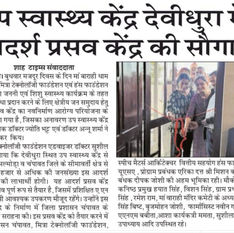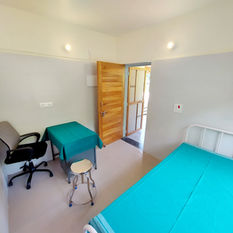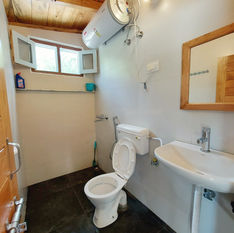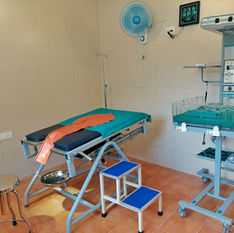
Maternal Healthcare
Collaborators - Agrani India Foundation, SpaceMatters
A New Dawn for Maternal Care in Uttarakhand: The Paniya Prototype
The recent inauguration of the renovated maternity section at the Village Health Center in Pati Village, Champawat, Uttarakhand, marks a pivotal moment for last-mile healthcare in the region. This crucial upgrade, achieved despite months of pandemic-related challenges, addresses the dire need for improved maternal and infant care in an area where mortality rates are significantly higher than the national average. These rural health centers are truly the last mile of India's public health system, delivering essential care to communities far removed from urban infrastructure.
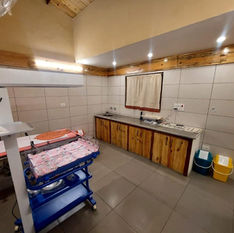
Maternity Centre,
Paniya
Paniya: The Genesis of a Model Maternity Centre
The Sub Health Centre at Paniya village in Pati block was not just a renovation; it was conceived as a prototype for a new approach to maternal and child healthcare in the remote villages of Kumaon. The vision was to provide holistic care and comprehensive facilities to mothers and children who previously had limited, if any, access to safe delivery options.
Initially, the Paniya centre served 14 registered villages with a population of 3,500. However, due to the lack of suitable delivery facilities in neighboring sub-health centers, its catchment area rapidly expanded to encompass 40 villages and serve a population of 15,000. This immediate and widespread utilization underscored the urgent demand for such a facility and affirmed Paniya's potential as a scalable model.

Maternity Centre,
Devidhura
Replication and Refinement: Devidhura and Chaura Mehta as Benchmarks
The immense confidence and support garnered from Paniya's prototype success directly led to the development of similar maternity centers in the neighboring blocks of Devidhura and Chaura Mehta. These subsequent centers weren't merely replicas; they were updated benchmarks for maternity care in the entire Champawat district, integrating the crucial lessons learned from Paniya.
For instance, the emphasis on spatial quality and cultural familiarity was further refined in Devidhura and Chaura Mehta, with even more localized adaptations of traditional art forms and architectural elements. The meticulous selection of inert, earthy materials was solidified as a standard. Furthermore, the collaborative framework established during Paniya's development was streamlined, leading to more efficient execution and resource allocation for the newer centers.
By meticulously observing Paniya's operational flow, community acceptance, and functional aspects, the Devidhura and Chaura Mehta centers were able to optimize their design and services from the outset. This iterative process, driven by the real-world experience of the Paniya prototype, ensured that the subsequent maternity centers were not just facilities, but truly welcoming, safe, and culturally resonant spaces, significantly impacting maternal and child health outcomes across Champawat.

Maternity Centre,
Chaura Mehta











